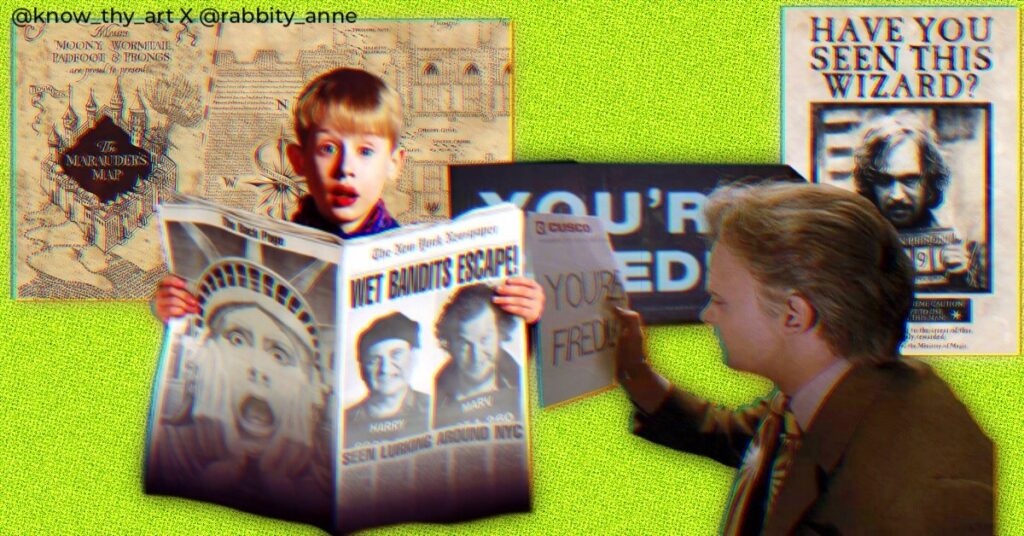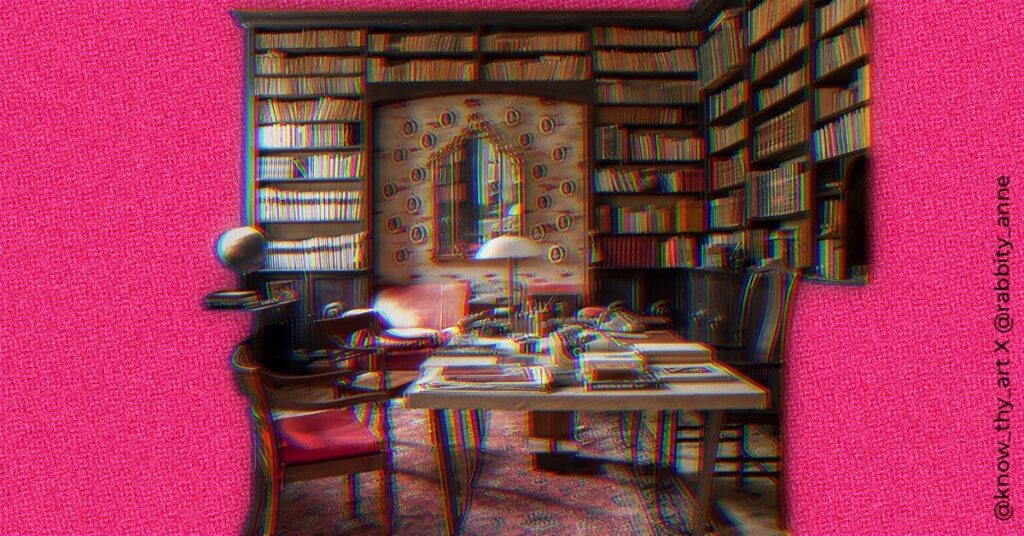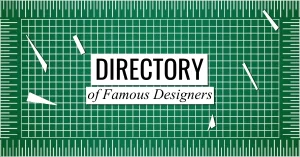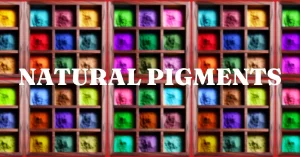Visual Designers and Graphic Artists in film production are needed at three equally important stages. These artists and designers are needed at the time of Production, Post-Production and finally at the time of Promotion. With the changing times, the landscape of cinema is ever-evolving. At this time, graphic designers and visual artists are important jobs in movie making. This is because films and TV series have become more detail-oriented and visual spectacles.
The nature of the work of a graphic artist and visual designer can range from hands-on work to collaborations with other departments in film production and finally as advisors. Each of the 3 parts can have a mix of some or all these roles.

Part 1 – Production
Set Design
If the scene is shot in a dance club, then the colours of the walls, placement of lights, interior design, the bar set, light colours and cues based on the sound and even the recommended colours of the costume can be decided by the art department. If the set of the club is built from scratch, then the Prop Masters get to work on the 3D modelling. Or the filmmakers choose an existing club as the location. In this case, the Set Designers will have to work closely with the Director of Photography. DOPs know which colour lights, neons, smoke diffusion and other elements to coordinate to get the best visual appeal for the scene.
Prop Design
Imagine a scene shot in a World W@r 2 bunker. The shelves and wooden boxes that would store the weapons, the stencil stamps on the wooden boxes that say “ammo” and the maps with little flag pins everywhere would have to be designed and made by a Prop Designer. Books in a library, the newspaper in the actor’s hand, the newsreel on TV, a wanted poster, a letter stamp in a period film, a signboard on a shop and many other little details would need a Prop Designer. There are many iconic graphic design elements in classic films which show the impact of graphic design on movie marketing and memorability.

Colour Schemes and Scene Themes
An experienced Graphic Designer would have surely mastered colour theory and can probably see a colour wheel and pick complementary colours just by closing their eyes for a second to imagine it. This is exactly the experienced advice that the Screenplay and Director of Photography would need. The colour scheme of dark muted colours of a funeral scene needs to be perfect. For this, the Screenplay, Photographers and even Costume Designers would consult a Graphic Artist. They are the experts who know what colours, effects and textures would go best with the vibe of the scene.
Scene Layout and Photography
Movies are ideally a dramatic representation of events within a story. While it is important for the story to be told well, it is also important for the scenes to be visually pleasing. Left and right symmetry in a calm scene, golden ratio proportions for when an actor monologues for dramatic effect and other such storytelling cues are Gestalt’s Design Principles brought to life. Who better than an advisor from the Graphics Department to get these scenes just right?

Art Direction
In a romantic scene with a proposal and lots and lots of flowers. If the story is about a passionate affair, then pastel flowers just won’t do. The decision to choose fiery red flowers with dark leaves to prepare the set will have a better visual impact. The Art Director may delegate the work to a VFX team and make a CGI background. Even if that is the case, Graphic Artists will have an extremely important role in the CGI team. They are involved from the very first sketches and mockups that go on to become a 3-dimensional reality.







0 Comments